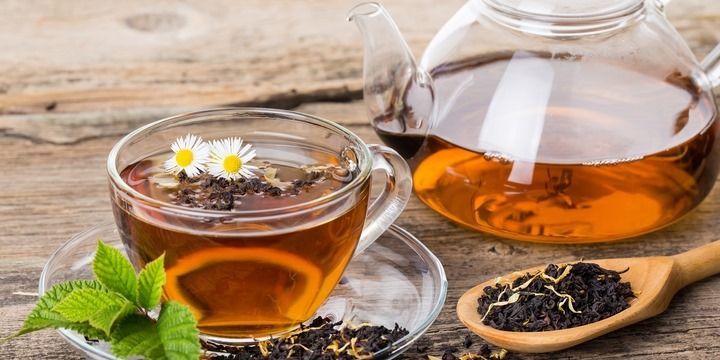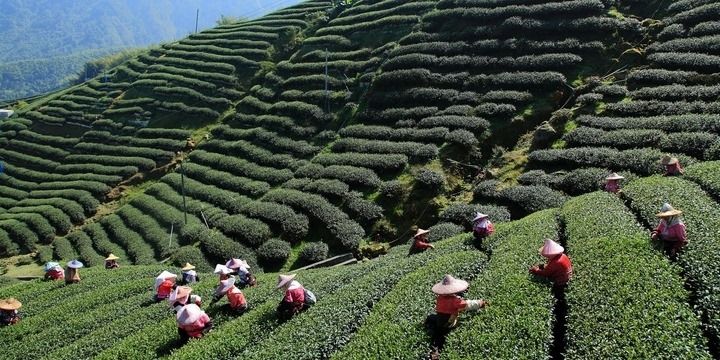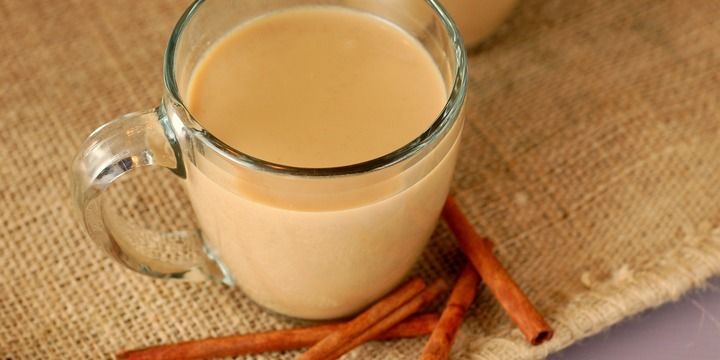What influences the quality of tea?
Besides the climatic conditions, such as rainfall, location, humidity, and temperature, the ecological situation should also be taken into great consideration. The level of pollution plays an incredibly important role in the entire process of growing teas. The soil is another important aspect. It must be highly nutritious; otherwise it will be impossible to produce a good harvest. Finally, the growing practices and the skills of the people who work with the tea plant directly determine how much you will enjoy the content of your morning cup of tea.

Interesting facts:
• Indian tea bushes have been grown since the 1830’s
• Under British rule India started to compete for the tea production with the rest of the Asian countries
• The difference between Darjeeling and Darjeeling Earl Grey is that the latter contains the peel of Citrus bergamia, a fragrant fruit that is similar to a lemon
• The bitter varieties of teas are of a lower quality
• Darjeeling is without any doubt the best tea. It is highly appreciated for its delicate flavor and taste
• A Darjeeling tea bush can be grown and harvested up to 125 years
• Chai is not a specific or separate type of tea, rather it is an Indian style of brewing and preparing the beverage. Chai is a blend of black tea, sugar and milk with a pinch of different spices
All teas are different and each of them has its unique features, such as color, flavor and taste. Some of them are often blended with other varieties of teas. The quality of the primary black tea and spices that are added determine the quality of the entire drink.


